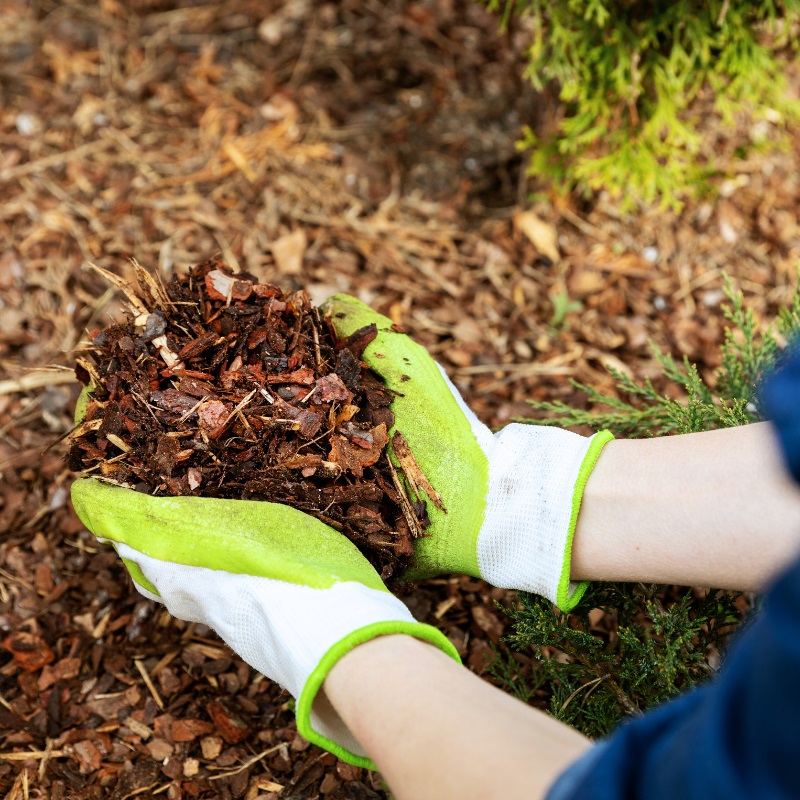Garden Mulching Tips for Autumn
As the leaves fall and the temperature cools, now’s the perfect time to give your garden some much-needed attention before winter arrives. And what’s one of the best ways to prepare your garden for the colder months? Applying a layer of mulch of course!
So, here are some garden mulching tips to help your plants thrive and survive during autumn and beyond.
Why Autumn Mulching Matters
Mulching is an essential garden practice that has many benefits, especially in autumn. As the weather cools, a layer of mulch helps to insulate plant roots, protecting them from frost. Mulch also helps your soil retain moisture and maintain a consistent temperature, reducing the need for watering. Plus, as organic mulch decomposes, it adds valuable nutrients back into the soil, ensuring that your garden stays happy and healthy throughout the year!
Choosing the Right Mulch for Your Garden
There are a heap of different garden mulches available—so which type should you choose? Organic mulches are an excellent choice for autumn, as they add nutrients back into the soil and do a great job of blocking pesky winter weeds. Here are a few easy organic mulch options.
Leaf Litter
Fallen leaves from deciduous trees are a free and abundant source of mulch in autumn. Simply shred the leaves before applying, then spread them where they’re needed.
Wood Chips or Bark
Wood-based mulches are long-lasting and look great! Just note: if you’re creating your own wood chip mulch, ensure the wood is free from chemicals and pesticides.
Compost
A layer of well-rotted compost can act as both mulch and soil enrichment, providing essential nutrients to your plants. Plus, composting is an easy way to deal with kitchen scraps—it’s a win-win!
Autumn Mulching Tips
Begin mulching before the first frost. This ensures that the ground retains warmth and moisture as the temperatures drop. Also, make sure you’re applying the right amount of mulch. Ideally, you’ll want to layer your mulch around 5-10 centimetres thick. A thinner layer may not provide enough insulation, while a thicker layer can prevent air and water from reaching the soil. For bigger plants and trees, ensure you leave a small gap around the base of the stem/trunk. Otherwise, you could have a nasty case of root rot on your hands before winter ends!
Could you use some help getting your garden ready for winter? Here at Simply Helping, we offer flexible gardening services for people from all walks of life! Click here to learn more about our gardening and lawn mowing services, and contact us today.Top of Form




